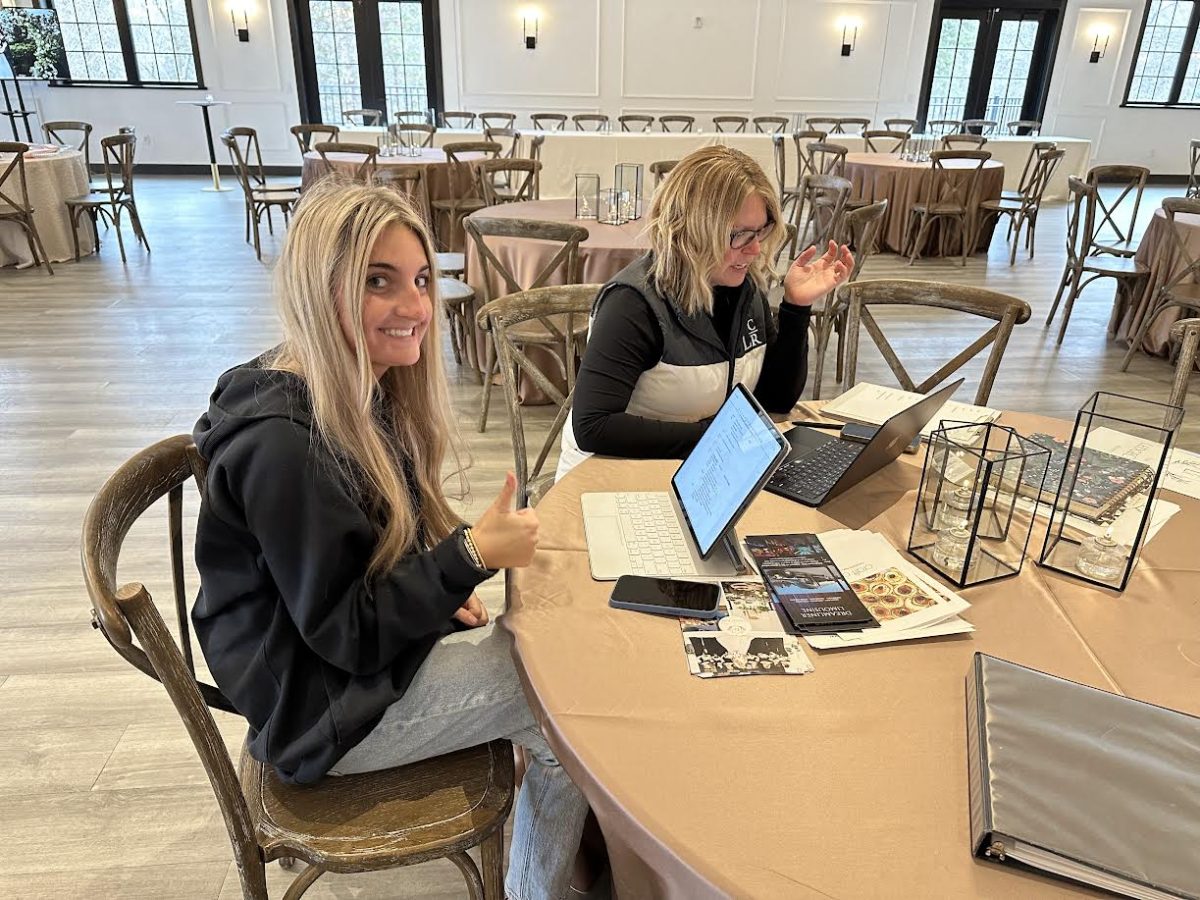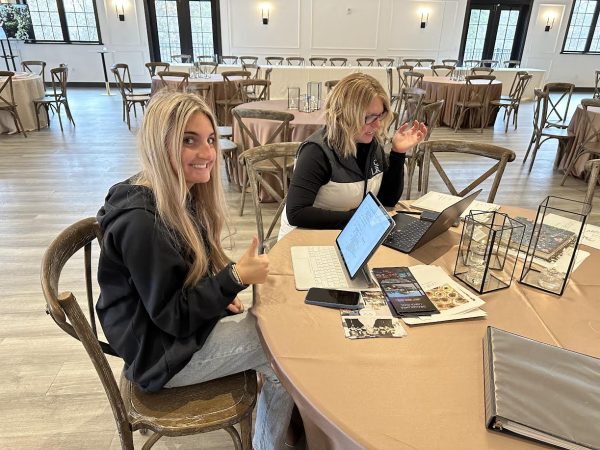What’s in a Smile?
December 18, 2014
“There is nothing in the world so irresistibly contagious as laughter and good humor,” famed British author Charles Dickens once said.
A laugh or smile is a universal thing in all cultures and cities. You don’t need a translator or a dictionary to understand them. They make people happy, but why do they exist?
Smiles are said to be contagious. Laughter is said to be a form of medicine, capable of making one live longer. But are they? Why does a person smile? Why do some things make him or her erupt in a fit of giggles? What is the psychological reason for a laugh or a smile, a chortle or a delighted grin?
“Smiling, like most facial expressions, communicates to those around us what we are feeling. In fact, individuals with relatively little contact with the industrialized world were able to accurately identify at least four facial expressions made by those from other cultures. This begs the question whether emotion expressions are universal. Most researchers assume they are,” says Dr. Nakia Gordon on www.marquette.edu.
Many people don’t know the scientific reasons why we smile or laugh, but they do know how it makes them feel and what causes them to do it.
“People smile because they are happy. We laugh because it feels good. If things are funny, you laugh,” said Ben Boucher, a freshman at Notre Dame Academy.
Wade Druar, another student at Notre Dame Academy, said that he thinks that smiling and laughing both could be part of a communication method conveying joy to other people around them.
“People smile when they are feeling happy or when they have accomplished something. Laughing comes from humor, or when something is really funny and… It’s almost like a hiccup. You’re forcing air out really fast in short bursts,” said Druar.
Robert Provine, Ph.D., says that laughter is a social tool, a glue that binds people together. It is hard to fake, and appears at three and a half to four months of age, long before any baby is able to speak. A person with facial paralysis, unable to smile, often has more trouble with social relationships.
“We also know that laughter is a message that we send to other people. We know this because we rarely laugh when we are alone,” Provine said.
It is believed that laughter originated from the panting of primate ancestors to humans. When an ape is tickled, it does not emit a laugh, but a series of pants. The pants were a signal of playfulness, and became a sign of it even when the apes were not out of breath. The pants evolved into the ha-ha-ha or he-he-he of today’s laughs. The apes used pants as a signal of playfulness. Humans’ use of the laugh went from physical play to verbal play to even humor and being tickled.
Charles Darwin once predicted that a smile was the humans’ copy of the animals’ baring of teeth. He suggested that as more and more people used the “smile,” it lost it’s predatory or aggressive meaning.
Whatever the chemical, psychological, or scientific reasons, most everyone enjoys a good smile or laugh. As Anthony J. D’Angelo, an American writer, once said, “Smile, it is the key that fits the lock of everybody’s heart.”









































